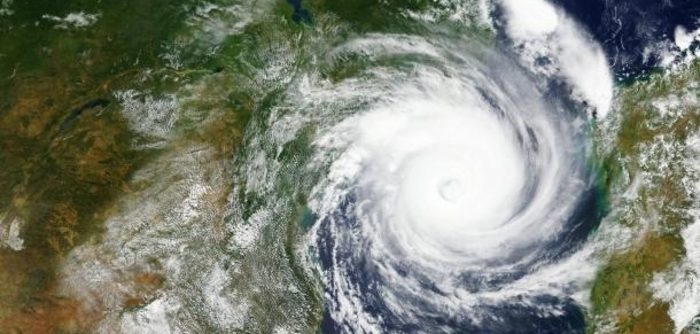A number of countries located in the Southwest Indian Ocean have launched a five-year joint project to improve operational forecasting and multi-hazard early warning systems.
The project seeks to enhance early warning capacities in Comoros, Madagascar, Mauritius, Mozambique and Seychelles. According to the WMO, The Climate Risk and Early Warning Systems (CREWS) initiative will provide a US$4m funding contribution, which will leverage wider ongoing and planned projects in the sub-region. The launch of the project coincides with the development of La Niña and the onset of the tropical cyclone season.
The WMO notes that considerable technical work is still needed to support a sustainable regional Early Warning System framework in the area. In view of this, and given the importance of accurate seasonal forecasts for disaster risk reduction, the first Mini-forum on Tropical Cyclone Outlook in the Southwest Indian Ocean took place on November 16, 2020.
The project will be undertaken by five countries and seven regional centers, which will work together with a multi-hazard approach to improve warnings and responses to climate, weather and hydrological events, including tropical cyclones, storm surges, flooding and drought, as well as other climate extremes. Local populations at-risk will benefit through enhanced dissemination of warnings, emergency planning, and response capacities.
The project planners hope that the lead-time, reliability and accuracy of forecasts and warnings will be improved along with enhanced dissemination of warnings. Capacity development in the region will involve WMO Regional Centers, including of the Regional Meteorological Specialized Center (RSMC) La Réunion, specifically accredited for tropical cyclone and related hazards such as wind, precipitation and storm surge.
“Translating tropical cyclone tracks and intensity forecasts into impact-based services is a critical issue for RSMC La Réunion,” explained Emmanuel Cloppet, director of RSMC-Tropical Cyclone Center La Réunion. “The CREWS Southwest Indian Ocean project is a unique opportunity to support the dissemination of new services in the basin, including cyclone-induced coastal submersion forecasts, new ensemble forecasts and long-range predictions of cyclone activity.”
Furthermore, the project will see capacity of the National Meteorological and Hydrological Services (NMHSs) strengthened in order to understand and co-develop warning services and products for civil protection and local authorities, entities in charge of food security, along with water and sanitation authorities.
Information on risk and exposure will be generated for the vulnerable populations in Comoros, Madagascar, Mauritius, Seychelles to ensure that the early warning systems inform on potential impacts and not only on extreme events themselves.



